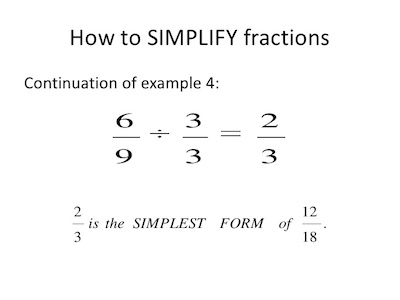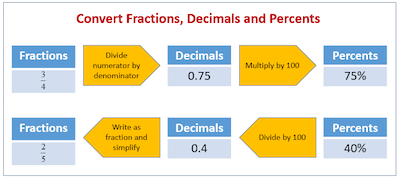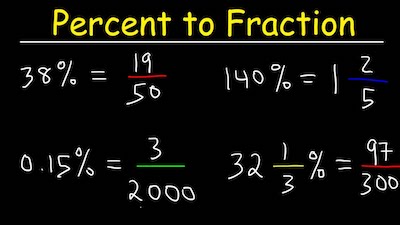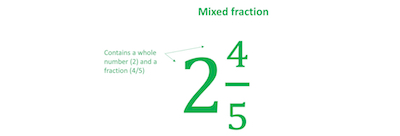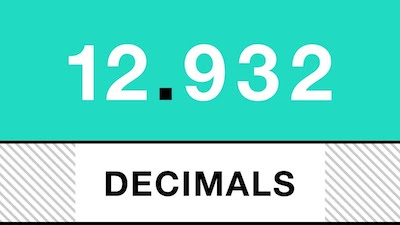What is 2.5 as a fraction?
| |||||||||||||||||||
If you are looking to convert 2.5 to a fraction, you are in the right place. In this detailed guide, we will demonstrate to you exactly what the fractional form of 2.5 is and display to you precisely how to compute it so you can convert any decimal number to a fraction. Let’s do this!
There can be many reasons why you might want to convert a decimal to a fraction. In general, the decimal form of a fraction makes it very uncomplicated to compare two fractions fast without having to think about it.
Before we begin, a quick fraction summary here: The number above the fraction line is the numerator, and the number below the fraction line is the denominator. If you have done much work with fractions, you presumably already are aware of that, but it is never too much to double-check.
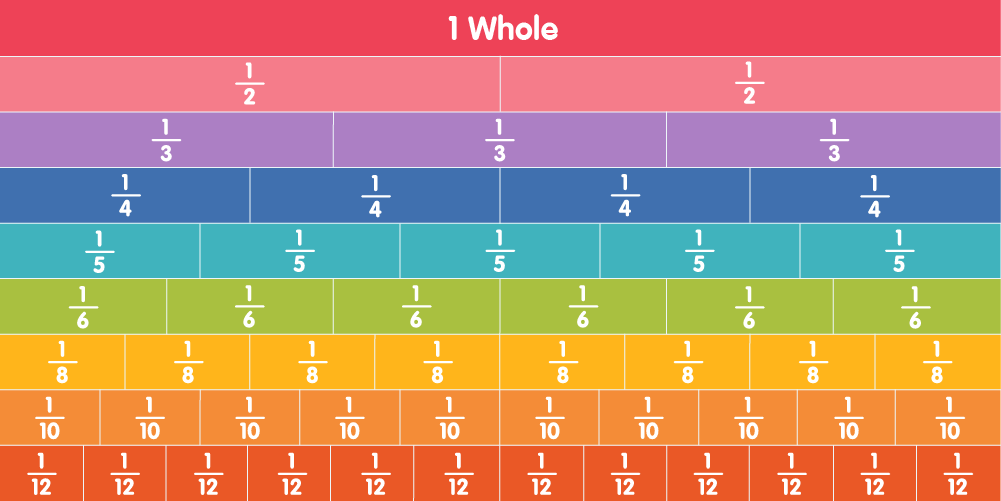
If you want to know what will be 1.6 as a fraction click here
Step-by-Step Solution:
2.5 = 5/2=2 1/2
as a fraction
Just steps below to convert the decimal 2.5 to a fraction:
Step #1: You should write down the number as a fraction of 1 (one):
2.5 = 2.5/1
Step #2: You should multiply both top and bottom by 10 (ten) for every number after the decimal point:
Here we multiply both the numerator and denominator by 10 (ten), as we have 1 number after the decimal point. So,
2.5/1 = (2.5 × 10)/(1 × 10) = 25/10
Step #3: Simplify/reduce the above fraction by dividing both numerator and denominator by the Greatest Common Divisor [GCD] between them. In this instance, GCD (25,10) = 5. So,
(25÷5)/(10÷5) = 5/2 when reduced to the simplest form.
As the numerator is greater than the denominator, we have an “improper” fraction, so we can also represent it as a “mixed number”, hence 25/10 is also equal to 2 1/2 when expressed as a mixed number.
Now let’s summarize the steps on how to convert a decimal to a fraction:
Step #1 – Write down the decimal as a fraction of one [decimal/1];
Step #2 – If the decimal is not a whole number, multiply both top and bottom by 10 until you get an integer at the numerator;
Step #3 – Simplify/reduce the fraction if it is not in the simplest form.
If you want to know how to round numbers to the nearest tenth, hundredth, etc. click here.
